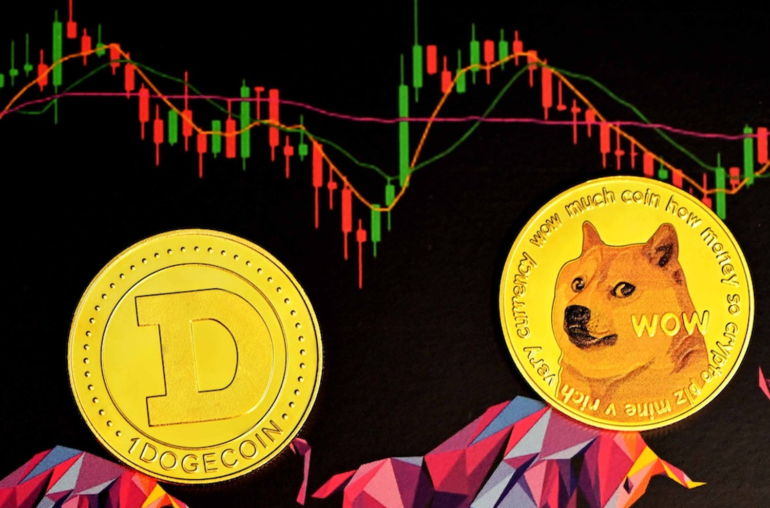Bitcoin (BTC) and Ethereum (ETH) ETFs have played a significant role in pushing institutional crypto adoption to new heights this year. With a more crypto-friendly US presidential administration in place and a broader market rally, Bloomberg analyst Eric Balchunas predicts that we can expect to see more crypto ETFs launching next year. This expansion may include ETFs for XRP (XRP), Solana (SOL), and even dual ETFs.
Recently, XRP experienced a brief dip below $2.40 but quickly rebounded to $2.50, solidifying its position as the third-largest cryptocurrency by market capitalization, surpassing USDT by a narrow margin of $2 million. On the other hand, SOL has been struggling to recover to its November high of $262.93.
Despite these challenges, both XRP and SOL have shown impressive performance throughout the year and may see further upside if Balchunas’ predictions come to fruition.
Balchunas has outlined several ETFs that we are likely to see in the coming year, including Litecoin (LTC), Hedera (HBAR), XRP, SOL, and a BTC/ETH combo fund. He anticipates that LTC ETFs will be the first to launch, as LTC is a hard fork of BTC and is not classified as a security by the Securities and Exchange Commission (SEC). Similarly, HBAR does not face any legal issues with the SEC.
However, XRP and SOL ETFs may have to wait until Gary Gensler vacates his position, as the current SEC administration considers both tokens to be securities, despite a court ruling stating otherwise. The appointment of crypto ally Paul Atkins as the next SEC chairman by Donald Trump could potentially lead to a relaxation of regulatory restrictions on these assets.
While Hashdex, Franklin, and Bitwise have already applied for dual BTC and ETH ETFs, Canary is the sole applicant for LTC and HBAR ETFs. Balchunas expressed uncertainty regarding investor demand for altcoin ETFs.
Rumors have been circulating for some time about a potential SOL ETF. However, SOL, once the third-largest cryptocurrency, has now fallen behind XRP by $40 million. This decline may be attributed to concerns surrounding the performance of the Solana network.
Solana has experienced issues with congestion, failed transactions, and outages, with a major outage occurring in February 2024 that lasted nearly five hours. The network’s popularity led to an influx of meme coin projects, overwhelming Solana’s transaction capabilities.
To address these scalability limitations, Solaxy, a new Layer-2 solution, has been introduced to enhance Solana’s infrastructure and make it more reliable and cost-effective. By offloading transactions from the main chain, Solaxy aims to prevent congestion and outages.
The native token of Solaxy, $SOLX, serves as more than just a means of paying gas fees. Its multi-chain architecture acts as a bridge between Solana and Ethereum, facilitating smooth cross-network transfers and leveraging activity from both ecosystems. The presale of $SOLX is currently underway, with plans to increase the price after a certain period.
Supporting the development of Solaxy and participating in the presale can be done through the official Solaxy website or its X channel to learn more about the project.
While it may be premature to declare SOLX as the next 100x crypto, it has the potential to address Solana’s shortcomings and boost demand for SOL. If Solaxy successfully addresses the scalability challenges facing Solana, it could potentially lead to the introduction of SOL ETFs.
Overall, Solaxy could contribute to the growth and innovation within the Solana ecosystem, potentially paving the way for new and groundbreaking projects during this bullish trend in the crypto market.



